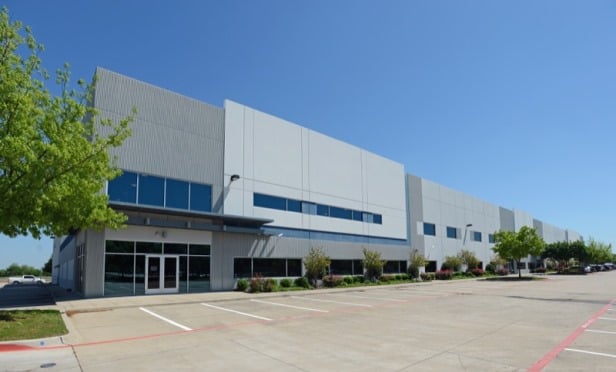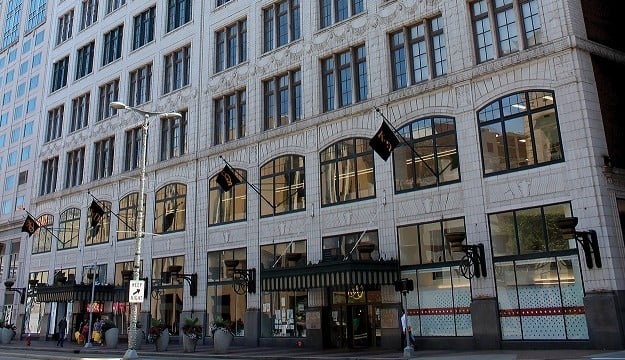 CBRE second of a two-part exclusive GlobeSt.com: Do you see Texas picking up on the omnichannel/mixed-use development concept for industrial/retail as has been seen in some of the denser coastal cities? Kramp: GlobeSt.com: How do you see the evolution of industrial's adoption of automation? Do you think Texas is a good location for self-driving trucks? According to the American Trucking Association, the US has a 50,000 driver shortage, which will affect businesses and consumers. Kramp: GlobeSt.com: Do you see self driving and ride sharing affecting developmental concepts? Parking lots? Kramp: GlobeSt.com: Do you think the flood of capital and focus will help or hurt the industrial sector? Kramp: GlobeSt.com: What threats do you see that could dampen Texas and individual markets? Kramp: GlobeSt.com: Finally, what is your outlook for Texas as a whole and for specific markets? Kramp: ATTENTION! If you, your company or someone you know has made an indelible impact on the business of industrial real estate, we want to hear about it! Submit a nomination to Real Estate Forum's Industrial Influencers before the June 15th deadline.
CBRE second of a two-part exclusive GlobeSt.com: Do you see Texas picking up on the omnichannel/mixed-use development concept for industrial/retail as has been seen in some of the denser coastal cities? Kramp: GlobeSt.com: How do you see the evolution of industrial's adoption of automation? Do you think Texas is a good location for self-driving trucks? According to the American Trucking Association, the US has a 50,000 driver shortage, which will affect businesses and consumers. Kramp: GlobeSt.com: Do you see self driving and ride sharing affecting developmental concepts? Parking lots? Kramp: GlobeSt.com: Do you think the flood of capital and focus will help or hurt the industrial sector? Kramp: GlobeSt.com: What threats do you see that could dampen Texas and individual markets? Kramp: GlobeSt.com: Finally, what is your outlook for Texas as a whole and for specific markets? Kramp: ATTENTION! If you, your company or someone you know has made an indelible impact on the business of industrial real estate, we want to hear about it! Submit a nomination to Real Estate Forum's Industrial Influencers before the June 15th deadline.© Touchpoint Markets, All Rights Reserved. Request academic re-use from www.copyright.com. All other uses, submit a request to [email protected]. For more inforrmation visit Asset & Logo Licensing.







